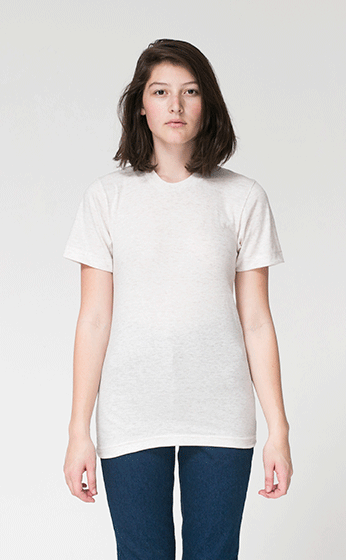The ever-changing nature of apparel fashion trends has forced apparel manufacturers to consider new and different fabric constructions to meet changing demands from consumers. Fabrics have diversified, moving away from conventional cotton and cotton/poly fabrics to those that are lighter and feature more stretch, such as tri-blends.
Due to the light fabric weight, it is more important than ever to minimize the ink film of the embellishment in order to maintain a soft hand.
In this Impressions Tech Tips Newsletter, we will look at four of the different fabric configurations, and the different embellishment processes to which they lend themselves. American Apparel introduced its first tri-blend fabric in 2006, with a 50% cotton/25% polyester/25% rayon construction. The general fabric has a tight knit, its weight varies based on the garment style and it exhibits minimal shrinkage.





